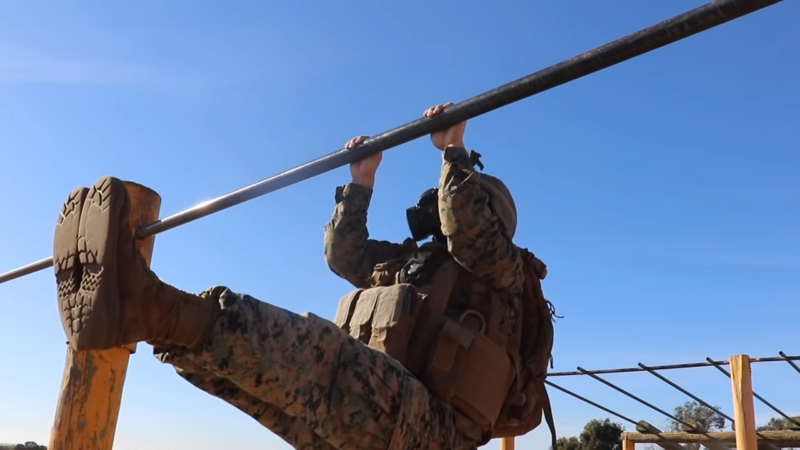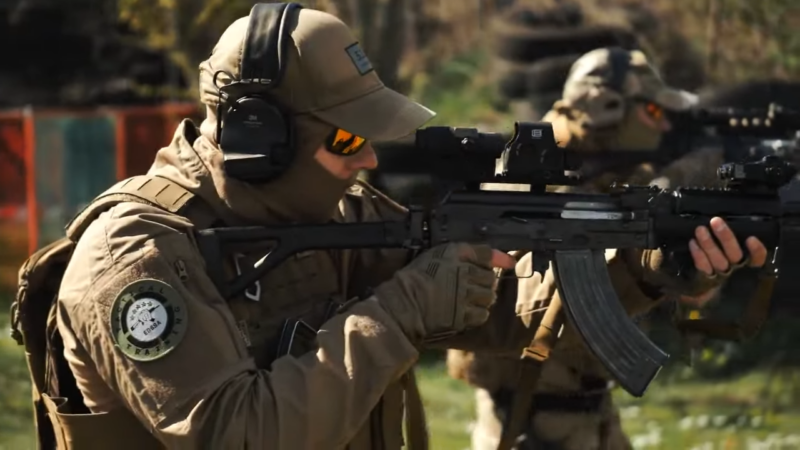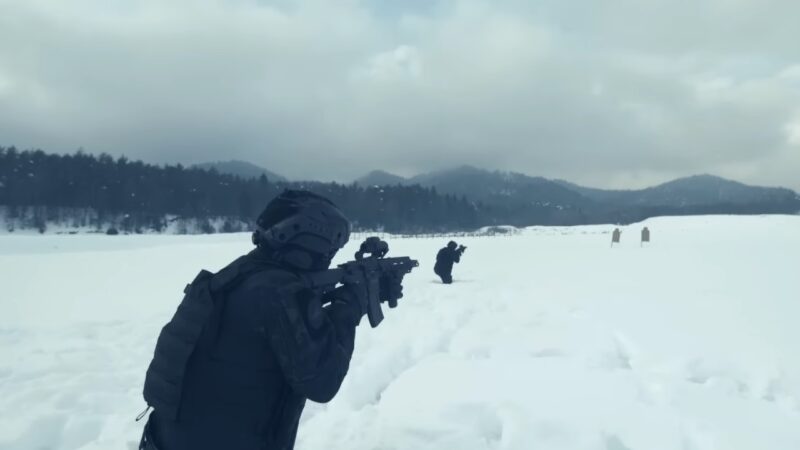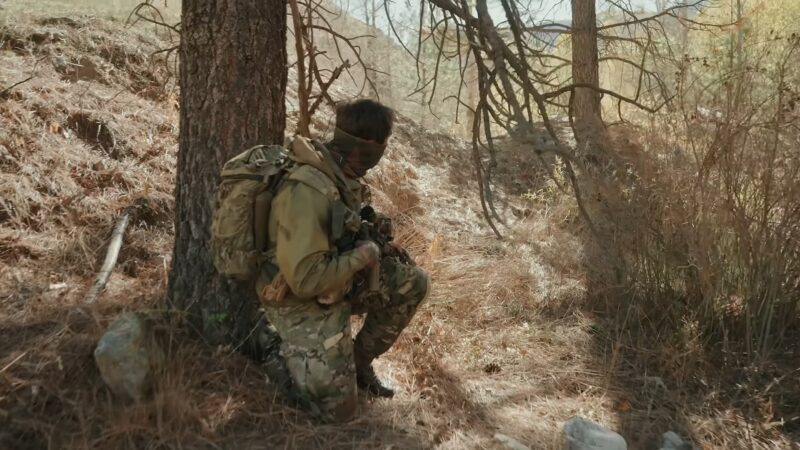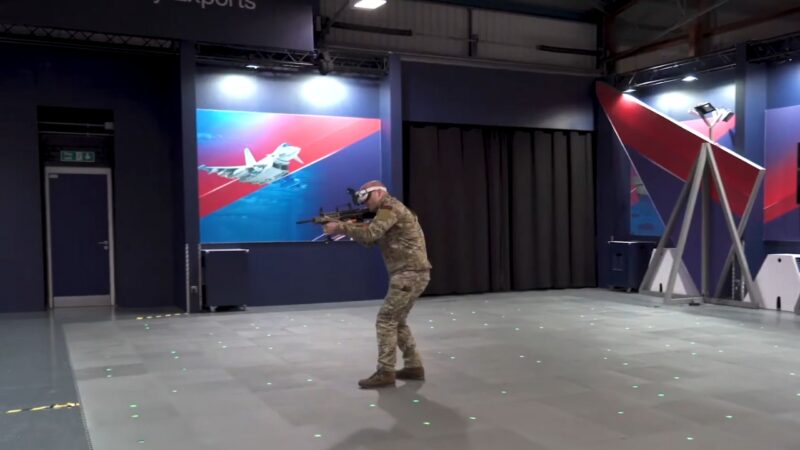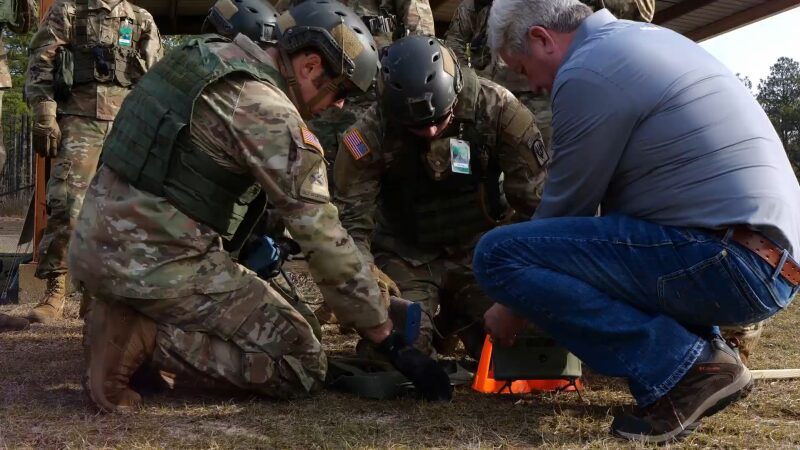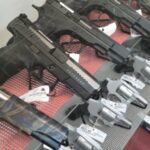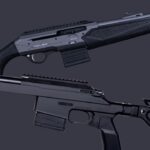Tactical military training is a vital aspect of preparing soldiers for the unpredictable and challenging environments they will encounter in real-world scenarios.
It equips them not only with physical skills but also with the mental fortitude necessary to handle combat and high-pressure situations.
Over time, advancements in technology have transformed traditional military training methods, integrating modern tools while retaining essential practices.
Let us talk about it in greater detail.
Core Components of Tactical Training
First, let us address the core components of tactical training.
Situational Awareness and Threat Assessment
Situational awareness and threat assessment are foundational aspects of tactical military training.
Soldiers must develop a heightened alertness to their environment, constantly scanning for:
- Potential threats
- Hazards
- Changing conditions
Soldiers are trained to detect threats early by observing subtle cues, reading body language, and analyzing the terrain.
Practical techniques taught during training include environmental scanning, understanding patterns of behavior in others, and identifying anomalies.
These exercises help individuals to think critically and make rapid decisions in high-stress situations.
Training programs often integrate simulations that mimic real-world combat scenarios, enabling soldiers to practice threat detection in a controlled but challenging environment.
The development of these skills ensures that individuals are prepared to act quickly and decisively, reducing response time when faced with a potential threat.
Physical Conditioning and Mental Resilience
Physical conditioning plays a major role in tactical training. Soldiers must be able to endure physically demanding situations, requiring:
- Strength
- Endurance
- Agility
The physical aspect of their training is designed to push their limits, preparing them for long marches, carrying heavy equipment, and maintaining peak performance during combat.
Regular exercises, such as running, lifting, obstacle courses, and functional drills, are all part of the training regimen.
Achieving certification such as ASFA ensures that individuals meet rigorous physical standards required in tactical environments without promoting any specific certification.
However, tactical training goes beyond physical fitness.
Mental resilience is equally important, as soldiers must be able to cope with the mental and emotional pressures of combat.
Stress, fatigue, and fear are constant companions on the battlefield, and individuals need to be mentally equipped to handle them.
Mental conditioning exercises include decision-making drills, stress management techniques, and cognitive training that sharpens focus and situational awareness.
Benefits of Tactical Military Training in Real Combat
Now let us address the benefits of tactical military training when applied to real combat situations.
Reduction of Combat Stress
One of the most significant benefits of tactical military training is its ability to reduce combat-related stress.
Soldiers are subjected to a range of realistic simulations that closely mimic the intensity of actual combat scenarios.
It reduces the risk of stress-induced errors in real combat situations, such as freezing under pressure or making poor decisions due to overwhelming fear.
Enhanced Decision-Making and Problem-Solving
Tactical military training also significantly improves soldiers’ decision-making and problem-solving skills.
Soldiers are trained to make rapid and informed decisions in the face of uncertainty.
In combat, situations can change in an instant, and soldiers must be prepared to assess new threats and adjust their tactics accordingly.
Tactical training places soldiers in simulated battle conditions where they must quickly analyze the situation, evaluate their options, and implement the best course of action.
These decision-making drills are essential for fostering quick thinking and adaptability.
Improved Teamwork and Communication
Another key benefit is the emphasis on teamwork and communication. In combat, success often depends on how well a unit functions together.
Tactical training focuses heavily on building these essential skills, teaching individuals to rely on one another, communicate effectively, and execute coordinated strategies.
Training exercises often involve complex, team-based simulations that require precise communication and cooperation.
These scenarios help individuals develop trust in their comrades and foster a sense of camaraderie, both of which are crucial for successful military operations.
Application of Tactical Skills Beyond Combat
The skills gained from tactical military training are not limited to combat scenarios; they are applicable to a wide range of non-combat roles.
Soldiers are often called upon to participate in peacekeeping missions, humanitarian efforts, or disaster relief operations, where their tactical training is invaluable.
The adaptability and quick-thinking honed through tactical exercises are essential in these roles, as individuals must navigate unfamiliar situations and make decisions in real time.
Increased Confidence and Preparedness
One of the often-overlooked benefits of tactical military training is the increased confidence it instills in soldiers.
Confidence is crucial, as it allows soldiers to trust in their training and abilities, reducing hesitation and doubt when faced with dangerous or uncertain circumstances.
The Evolution of Military Training Technology
Military training has drastically evolved with the introduction of cutting-edge technology, revolutionizing how soldiers prepare for combat and tactical operations.
These advancements have made it possible to simulate real-life combat scenarios more accurately than ever before, ensuring individuals are well-prepared for the complexities of modern warfare.
Virtual and Mixed Reality Simulations
Virtual and mixed reality (VR/MR) simulations have become fundamental components of military training, offering a new level of immersion and realism.
These systems allow soldiers to train in highly realistic battle environments without the physical risks associated with live exercises.
Through VR and MR technology, soldiers can interact with virtual environments that simulate various combat scenarios, helping them develop critical decision-making skills under stress.
- Augmented reality headsets: Soldiers use AR headsets to overlay digital information onto real-world environments, enhancing their situational awareness.
- Laser-based exercises: Laser-based systems simulate live-fire scenarios, allowing soldiers to engage in combat without the dangers of using live ammunition.
Simulated environments: Soldiers can train in scenarios that mirror actual combat, including:
- Simulated explosions
- Aircraft involvement
- Urban warfare environments
These technologies offer a fully sensory experience, enabling soldiers to practice reacting to complex battlefield situations in real-time.
The immersive nature of VR/MR training ensures that soldiers can develop critical combat skills while maintaining safety during the training process.
Realistic Live Training Systems
In addition to virtual simulations, realistic live systems remain a vital aspect of military preparation.
These systems provide individuals with the opportunity to engage in live-action scenarios that replicate the physical and tactical challenges of real combat.
Replica weapons, weighted to match the exact feel and handling of real firearms, are used to ensure that soldiers become comfortable with their equipment in high-pressure environments.
- Replica weapons: These weapons are weighted and designed to handle like real firearms, providing soldiers with the necessary muscle memory and familiarity they will need in battle.
- Laser-based systems: These systems are integrated into live-action exercises, where laser beams replace actual bullets.
- Geo-pairing and GPS technology: By using GPS and geo-pairing technology, individuals can train in environments that replicate the geographic conditions of their future combat zones.
After each exercise, post-battle data analysis provides soldiers with valuable insights into their performance.
Soldiers and their instructors can review their decisions, movements, and combat strategies, enabling them to identify strengths and areas for improvement
The Bottom Line
Tactical military training is instrumental in transforming civilians into highly capable, combat-ready soldiers.
The integration of mixed-reality simulations, artificial intelligence, and data-driven approaches will shape the future of military training.
Within the hardest branches of the military, such as Special Operations, the level of physical and mental endurance required is unmatched, pushing soldiers to their limits.
The benefits of tactical training, both in combat and beyond, have a life-changing impact on soldiers, enhancing their preparedness and resilience in facing real-world scenarios.

